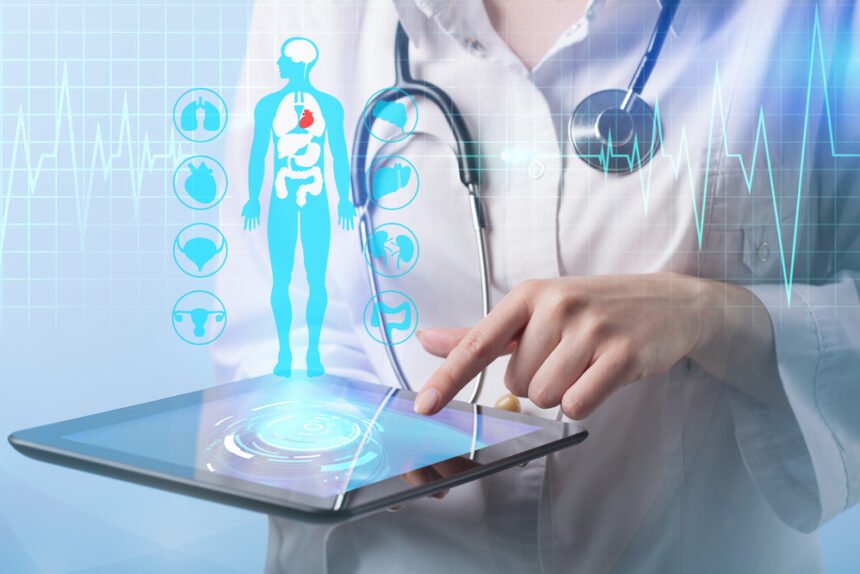New technologies that update and enhance current workflows are introduced into the dentistry industry every year. Although some innovations are incremental in nature—think software updates or minor modifications intended to improve or speed up usability—other new ideas are so significant that the potential for significant change is recognized right away. Take the very first intraoral scanner as an example; while the results and accuracy could have been improved, the promise was clear.
We spoke to The Smilist Dental in White Plains and discovered a few consumer and healthcare technologies that are currently available and have the potential to change the dental industry for many years coming. While some of these innovations have already begun to impact dentistry, others are still years away, they all have the potential to transform the field.
Ultrasound Tech
You can anticipate what to expect from ultrasound technology in dentistry if you’ve seen the great things it can accomplish in medicine. Precise, image data of the teeth & jaw are intended to be provided along with a radiation-free imaging alternative with the use of ultrasonic technology in dentistry. Many of the present 3D and 2D imaging technologies could be replaced by ultrasounds.
However, if you’ve recently viewed an ultrasound, you’re aware of its major drawback: low image resolution. Ultrasounds still have a long road ahead to go before they can achieve the level of resolution and precision needed for dentistry.
Continuous Liquid Interface Production
The dentistry industry has already been completely transformed by 3D printing, especially in the lab sector, where it has enhanced surgical guidance, wax-ups, and model-making. However, there is still opportunity for improvement in printing technology.
The first is Continuous Liquid Interface Production, a 3D printing method that is exclusive to Carbon. This 3D printing technique is designed to be approximately 100 times faster than existing 3D printing capabilities. It also has the added advantage of looking like something out of a science fiction film. Simply watch the movie and try to picture a denture being made there in front of you.
The capabilities of dentists are being substantially altered by other 3D printing techniques in terms of price, efficiency, accuracy, and other aspects. The advent of 3D printing in dentistry may be the most revolutionary technology to date, and what we’ve seen so far is probably just a taste of things to come.
Robotics
The FDA granted approval to the first dental implant surgery robot earlier this year. With regard to implant cases and implant placements, it is intended to guarantee correct and exact oral surgery. Additionally, it just offers a little taste of how robotics can alter dentistry.
In the medical industry, surgical robots are currently making their mark, and dental procedures will undoubtedly be affected. The goal of robotic surgery is to provide better treatment, minimally invasive procedures, and faster recovery times by enabling more accurate control over surgery. Since quick reflexes and critical analysis are essential for any surgery, some experts are even exploring fully hands-free surgeries. However, these will probably always be a minority.
Virtual Reality
You’ve probably seen news coverage about virtual reality (VR) during the past few years. Although it has long been a staple of science fiction films, virtual reality (VR) is just now becoming a mainstream technology. In 2014, Facebook paid $2 billion to acquire VR business Oculus because their technology was widely regarded as a game-changer. Three years later, PlayStation VR, the HTC Vive, and other hybrid VR systems have joined Oculus in the living room, joining Oculus. Dentistry has a great deal to learn from virtual reality, even though its promise for gaming may seem clear.
Virtual reality (VR) training has the potential to completely change the way dental professionals are taught, both at dentistry training and in continuing education settings. Clinicians might use a VR system to genuinely get “hands-on” while being guided by an experienced personas they learn how to deal with the newest dental treatments in a virtual environment rather than viewing a Slide show and a lecturer at a podium. Hygienists and other dental team members might also employ VR instruction to improve their abilities and test out various ergonomic strategies without the need for a real patient. Any dental expert can use it as a virtual laboratory to experiment with the newest methods and technologies.
Of course, in the future, patients could use VR to fully leave the operating room for any treatment. Even the most anxious dental patient can be distracted thanks to virtual reality’s fully immersive experience.
3D Printing Materials
Technology for 3D printing has already been discussed, but the machines can only be as effective as the ingredients they print with. The materials that are coming out will revolutionize dentistry.
Printable ceramics have been accessible in the manufacturing industry for a while. It doesn’t take much thought to envision how this technique could someday lead to printed teeth that only need to be finished and polished before placement, even though the materials used are currently not biocompatible. With the ultimate goal of fully 3D printed dentures, additional materials might be employed to produce “gingiva.”
Final Thoughts
The extent to which dental technology borrows from other sectors is one of its noteworthy features; CAD/CAM originated in the industrial industry, and it only required minor software modifications to increase precision. Health care innovations that utilise regenerative materials that were initially created for different functions in the body have aided material revolutions. Technologies that were developed without consideration for dentistry have been abandoned and have permanently altered dentistry.

